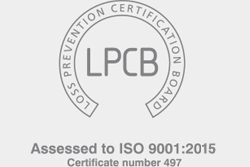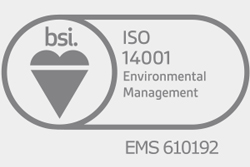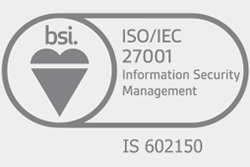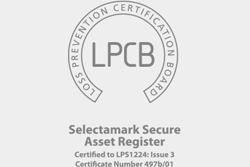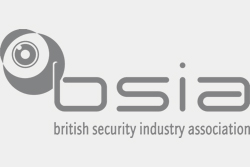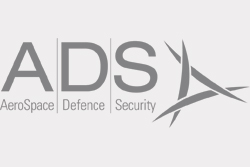EFFECTIVE asset management is vital to any company or organisation so that inventories can be accurately assessed, reducing the likelihood of equipment being lost or stolen.
Asset management is also important for regulating maintenance issues and ensuring compliance with insurance and government.
There’s a whole host of equipment in the workplace that needs to be properly tracked and identified – so here are some top tips for making your asset management system more secure, enabling your company or organisation to run as efficiently as possible.
Top 10 Tips for Asset Management
1. Get senior management onboard. Asset management systems usually represent a significant financial investment and commitment by companies and organisations, so senior management support is vital to success.
2. Use only qualified and trained professional staff. Asset management requires the deployment of trained and qualified professional staff in order to be successful. The business processes that maintain data accuracy must be implemented then continue to be updated as your company or organisation evolves.
3. Define what is needed. Companies and organisations have a tendency to rush into the inventory and software implementation aspects of asset management before taking the time to sufficiently identify their aims and needs.
4. Little by little. A newly-introduced asset management system is a new discipline. Implement asset management in realistic phases by starting with individual departments then building up to entire cover across the company or organisation.
5. How long will each asset last? Once your needs and aims for asset management have been defined, examine the lifecycle of the assets in question. Processes should be developed to capture the appropriate data at each stage of the lifecycle of an individual asset.
6. Choose appropriate asset management software tools. Software tools should be carefully selected to meet all of the defined needs as well as accommodate your company or organisation’s flow of data. The software should adapt to fit your company or organisation rather than your organisation adapting to an inappropriate tool.
7. Implement monitoring and evaluation procedures. Introducing an asset management system takes constant monitoring to ensure that all participating individuals and departments are correctly following the agreed procedures.
8. Build in mechanisms for correcting data inaccuracies. Data integrity is vital to any successful asset management system. Inaccuracies can be caused by deviations from asset management procedures or by unforeseen events or circumstances that disrupt the asset management process. Hand-held scanners and RFID tags are examples of tools that can quickly identify database inaccuracies so they can be corrected immediately.
9. Review every quarter. Like any system that is vital to the successful running of your company or organisation, asset management systems should be periodically reviewed (preferably every quarter) to ensure that the defined objectives and benefits have been achieved. At this point, any problems can also be identified and corrected.
10. Share your success. Demonstrate the value of your asset management system by sharing data with appropriate staff at various levels within your company or organisation. This will encourage ongoing support from senior management as well as other departments.
